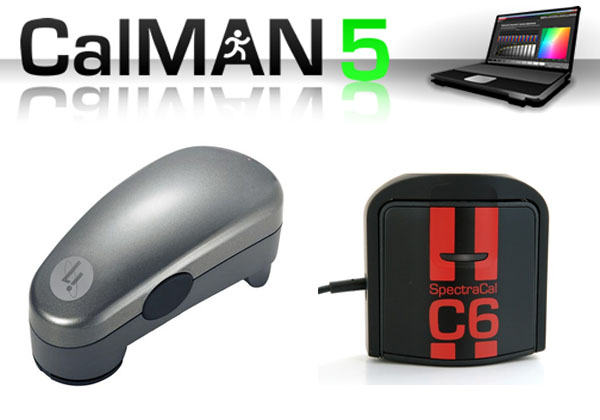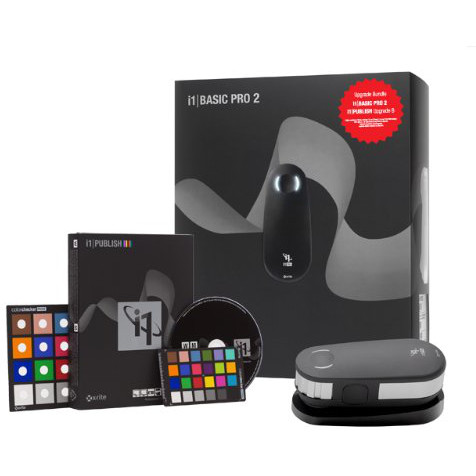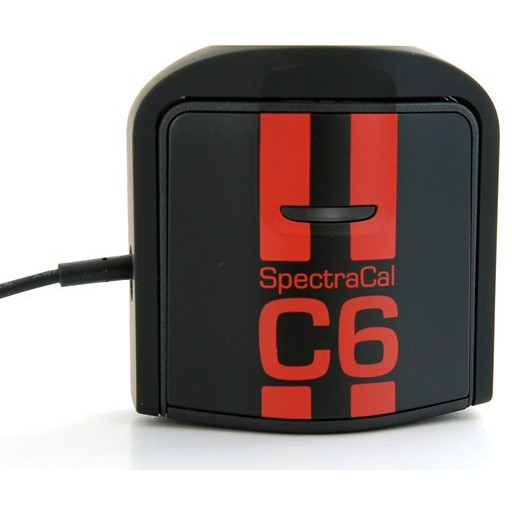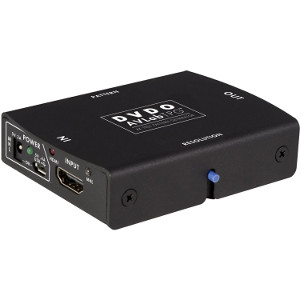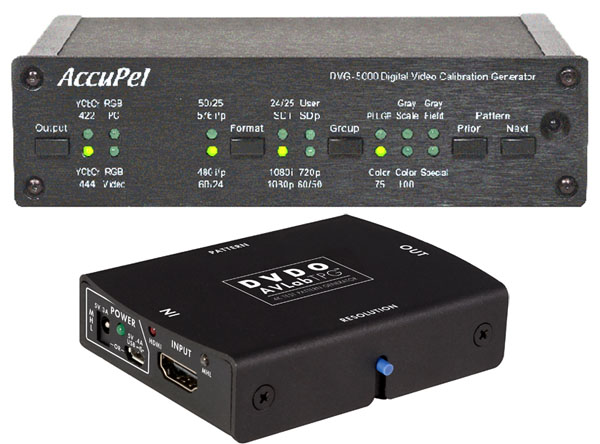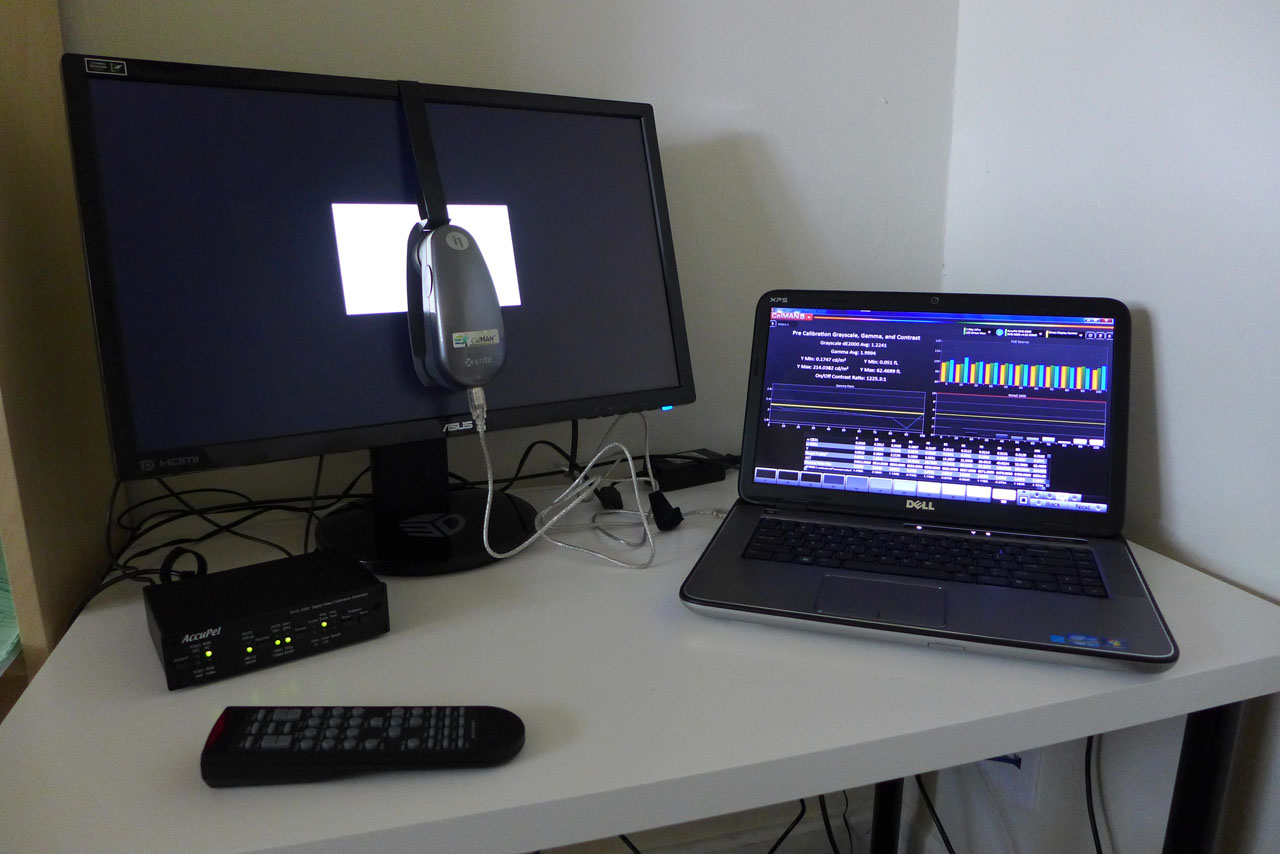BenQ BL3200PT Review: A 32-Inch AMVA Monitor At 2560x1440
The extra pixel density of a 27-inch monitor sporting a native 2560x1440 resolution can make small text difficult to read. BenQ solves the problem by adding five extra inches to its BL3200PT. Today we test this jumbo 32-inch AMVA-based panel in our lab.
Measurement and Calibration Methodology: How We Test
To measure and calibrate monitors, we use an i1Pro spectrophotometer, a Spectracal C6 colorimeter, and version 5.2.0.1374 of SpectraCal’s CalMAN software.
The i1Pro is accurate and consistent measuring color on all types of displays, regardless of the backlight technology used. When we just need a luminance value, the C6 works better, especially in low light.
For patterns, we employ AccuPel DVG-5000 and DVDO AVLab TPG video signal generators. This approach removes video cards and drivers from the signal chain, allowing the display to receive true reference patterns. Connections are made via HDMI.
The AccuPel DVG-5000 is capable of generating all types of video signals at any resolution and refresh rate up to 1920x1080 at 60 Hz. It can also display motion patterns to evaluate a monitor's video processing capabilities, with 3D patterns available in every format. This allows us to measure color and grayscale performance, crosstalk, and ghosting in 3D content via the 3D glasses.
The DVDO generator is a new addition to our lab. It supports resolutions up to 4096x2160. We’re using it to verify the proper signal handling of QHD and UHD displays.
The i1Pro or C6 is placed at the center of the screen (unless we’re measuring uniformity) and sealed against it to block out any ambient light. The AccuPel pattern generator (bottom-left) is controlled over USB by CalMAN, which is running on the Dell XPS laptop on the right.
Our version of CalMAN Ultimate allows me to design all of the screens and workflows to best suit the purpose at hand. To that end, I’ve created a display review workflow from scratch. This way, we can be sure and collect all the necessary data with a concise and efficient set of measurements.
Get Tom's Hardware's best news and in-depth reviews, straight to your inbox.
The charts show us the RGB levels, gamma response, and Delta E error for every brightness point from zero to 100 percent. The table shows us the raw data for each measurement. And the area in the upper-left tells us luminance, average gamma, Delta E, and contrast ratio. The individual charts can be copied to the Windows clipboard to easily create graphics for our reviews.
Every primary and secondary color is measured at 20-, 40-, 60-, 80-, and 100-percent saturation. The color saturation level is simply the distance from the white point on the CIE chart. You can see the targets moving out from white in a straight line. The further a point is from center, the greater the saturation until you hit 100 percent at the edge of the gamut triangle. This shows us the display’s response at a cross-section of color points. Many monitors score well when only the 100-percent saturations are measured. Hitting the targets at the lower saturations is more difficult, and factors into our average Delta E value (which explains why our Delta E values are sometimes higher than those reported by other publications).
Current page: Measurement and Calibration Methodology: How We Test
Prev Page OSD Setup and Calibration Next Page Results: Brightness and Contrast
Christian Eberle is a Contributing Editor for Tom's Hardware US. He's a veteran reviewer of A/V equipment, specializing in monitors. Christian began his obsession with tech when he built his first PC in 1991, a 286 running DOS 3.0 at a blazing 12MHz. In 2006, he undertook training from the Imaging Science Foundation in video calibration and testing and thus started a passion for precise imaging that persists to this day. He is also a professional musician with a degree from the New England Conservatory as a classical bassoonist which he used to good effect as a performer with the West Point Army Band from 1987 to 2013. He enjoys watching movies and listening to high-end audio in his custom-built home theater and can be seen riding trails near his home on a race-ready ICE VTX recumbent trike. Christian enjoys the endless summer in Florida where he lives with his wife and Chihuahua and plays with orchestras around the state.
-
npyrhone "Remember that 92 ppi number we mentioned at the beginning of today's story? That seems to be a sweet spot. It works fine at 24 inches if your screen is FHD. You won’t discern individual pixels, but you’ll be quickly wishing for more screen real estate. Moving up to 2560x1440 at 27 inches increases density to 109 ppi. That’s great for gaming and photo work. However, text and small objects become difficult to see for many users."Reply
I can't understand why I would need a monitor with lower pixel density? Why not just zoom the text a notch in your word processor or whatever software you are using? Of two otherwise similar monitors I would always choose the one with higher PPI, even if I used it only for word processing. -
kid-mid I rather have the 27" QNIX Evo II 1440p for $300 or the ROG Swift for $600.Reply
The days of 60Hz are almost over with.. -
moogleslam ReplyI rather have the 27" QNIX Evo II 1440p for $300 or the ROG Swift for $600.
Except that the Swift cost $800
The days of 60Hz are almost over with.. -
Merry_Blind "The only complaint we’ve registered along the way involves font size. With a pixel density of 109 ppi, text in most Windows applications becomes pretty small."Reply
That's why I don't understand people saying 1080p is crap and has to go away. I've always find that even at 1080p, the fonts are really small, and icons and interfaces in general are very tiny. In my case, it's not even a case of not being able to read, it's just that everything looks so out of place and hideous, like, Windows wasn't meant for such resolutions.
I can't imagine 1440p. Must be ridiculous to look at. It's just aesthetically not nice.
Bring on the downvotes... -
animalosity Why in God's green earth would you pay $1000 for a 1440p display at 60hz when you can get a 4K for way less than that now. Rather have UHD....Reply -
Bondfc11 I agree with npyrhone - there are ways to enlarge everything on your screen if the density is too low. Having said that - this is an interesting panel. However, I cannot wait for the days when not TNs, but also IPS and VA panels (in large formats) become standard at 120Hz. The hertz do make a noticeable difference in everything you do on the screen.Reply -
ohim I`ll wait to see what Active Sync monitors will be able to do , an IPS with Active sync over a TN with 144hz.Reply -
Merry_Blind ReplyI`ll wait to see what Active Sync monitors will be able to do , an IPS with Active sync over a TN with 144hz.
What is Active Sync? -
Merry_Blind ReplyWhy in God's green earth would you pay $1000 for a 1440p display at 60hz when you can get a 4K for way less than that now. Rather have UHD....
It's not 1000$ though...
